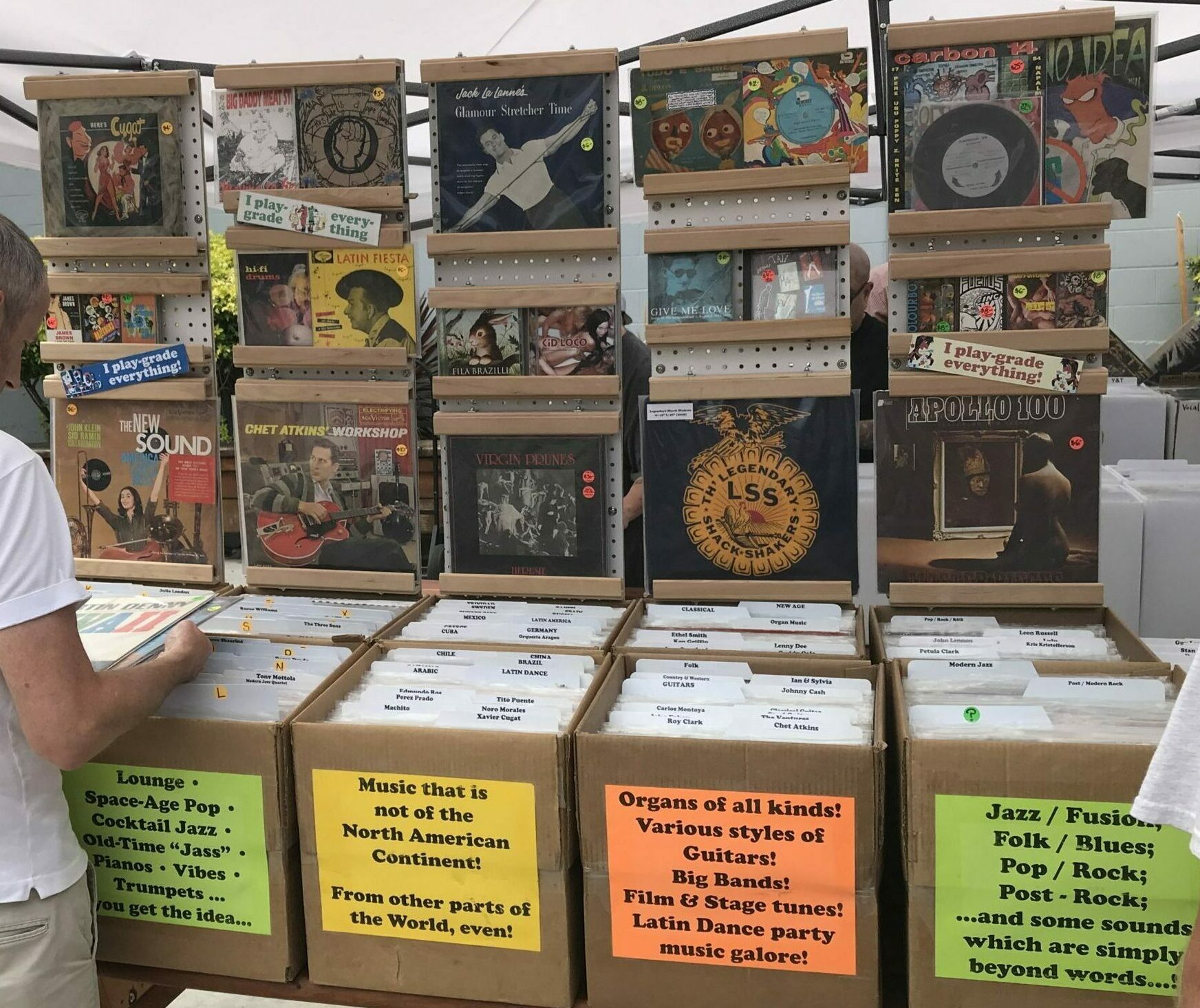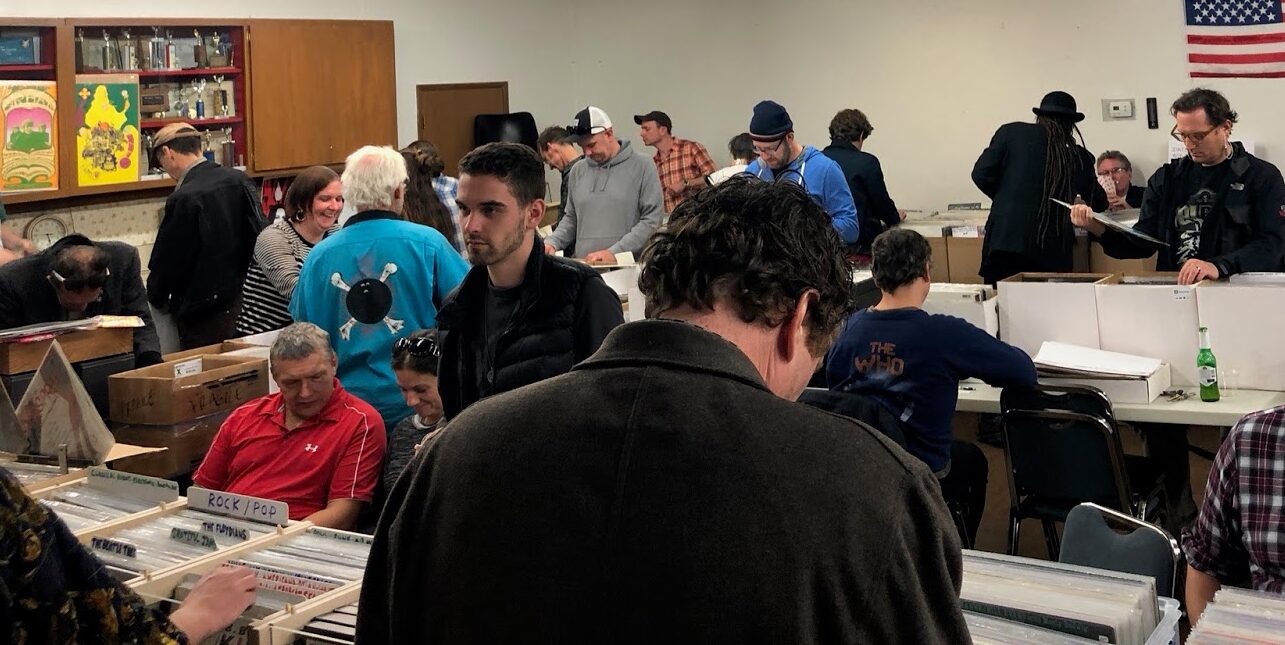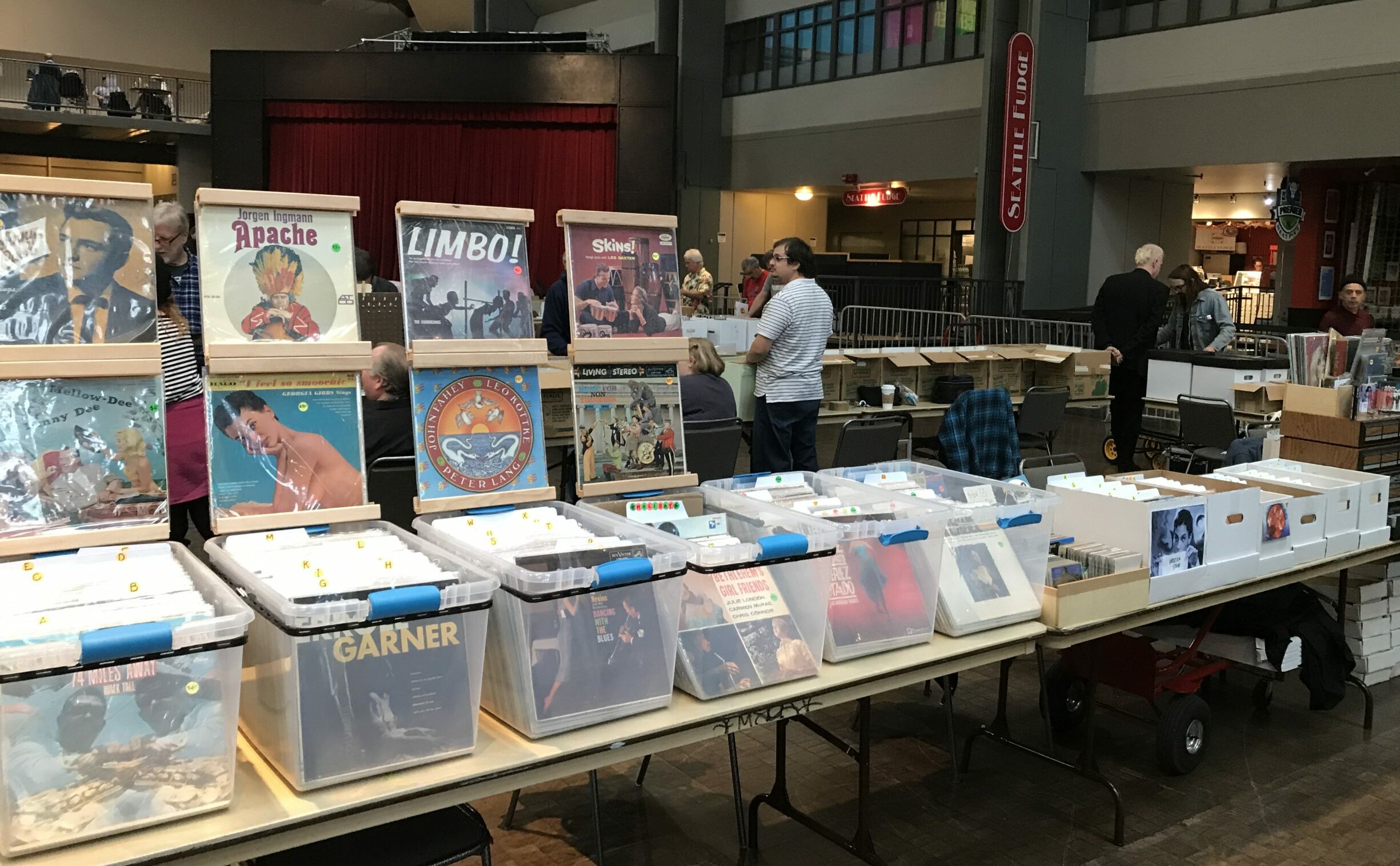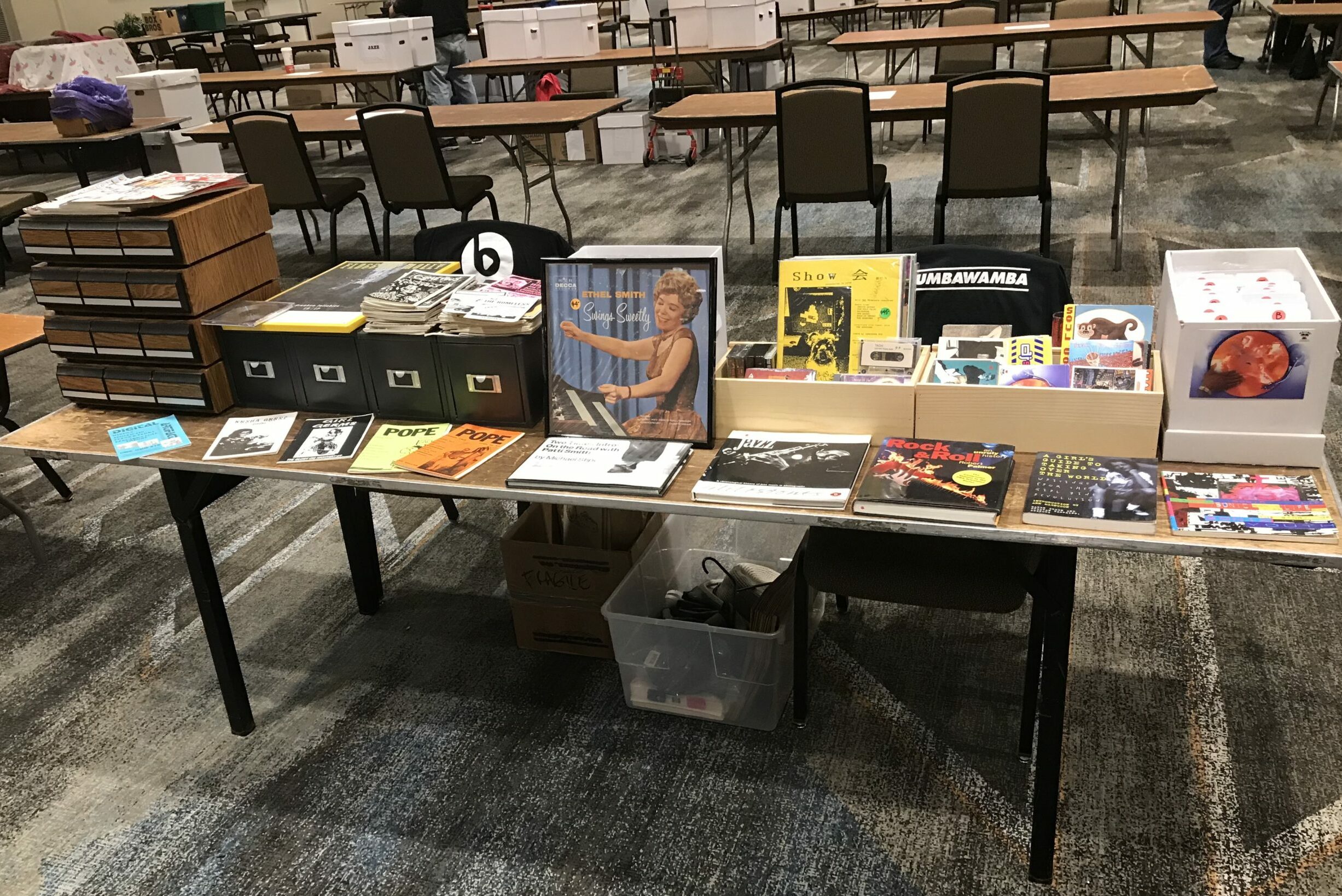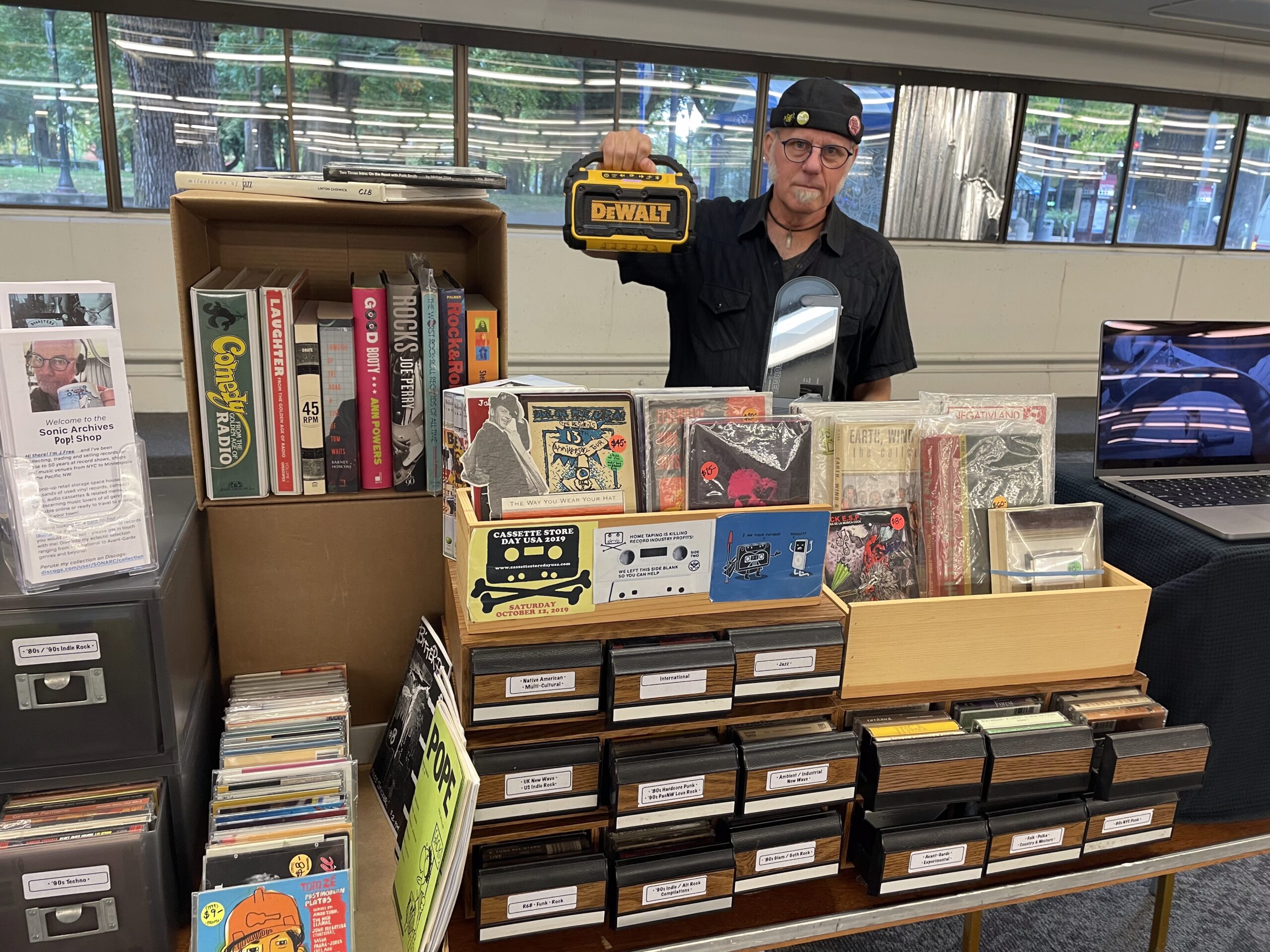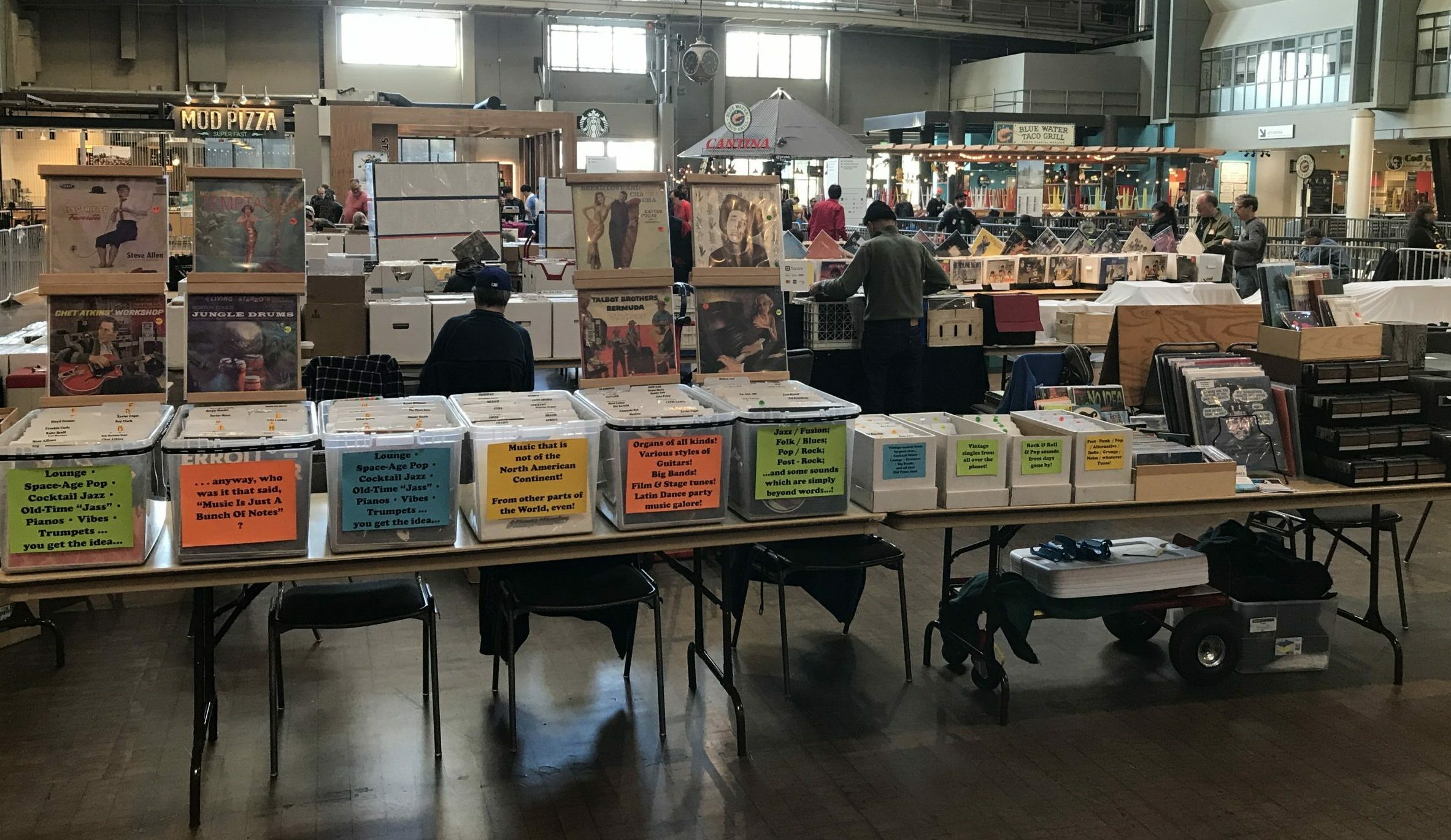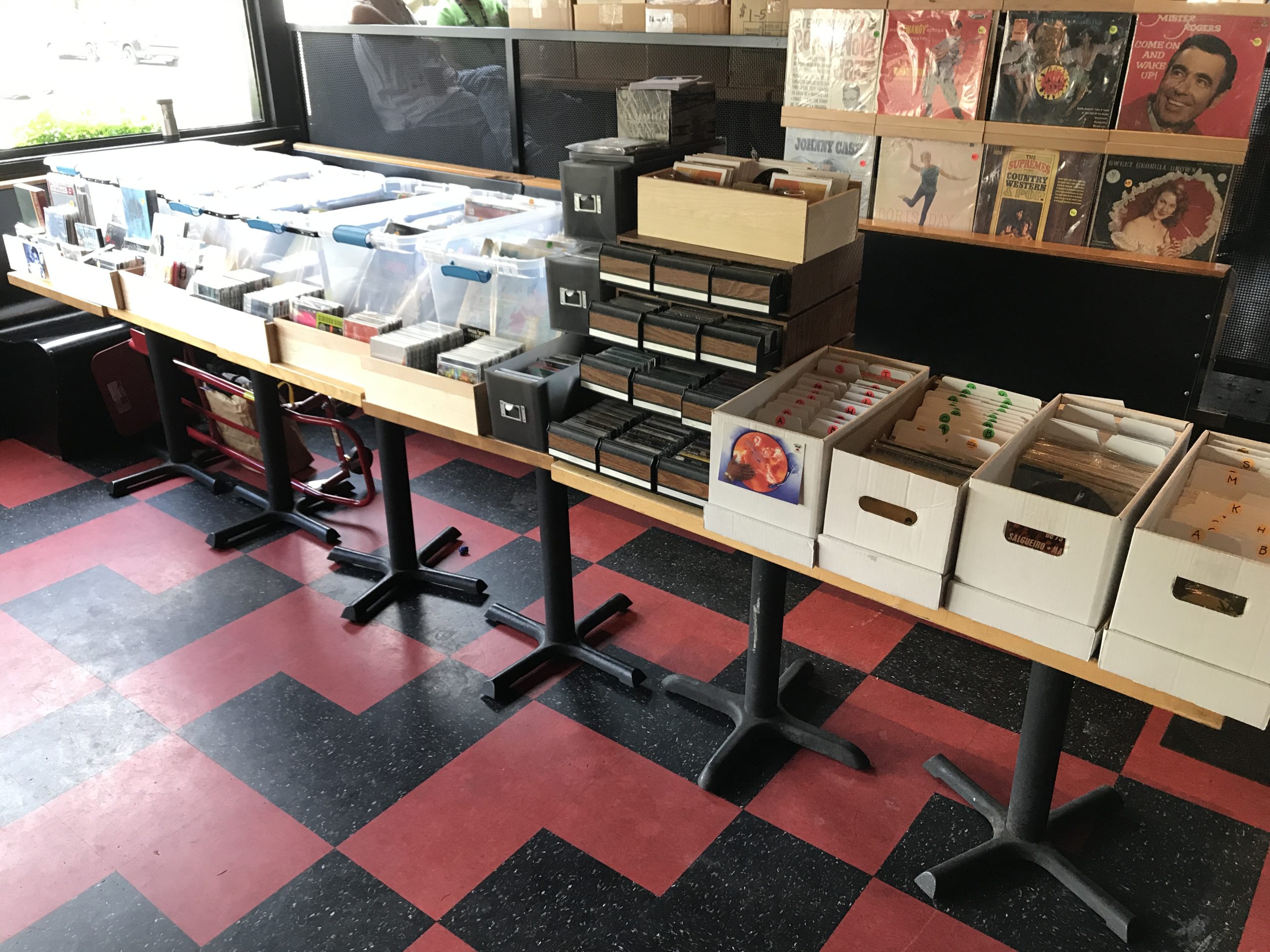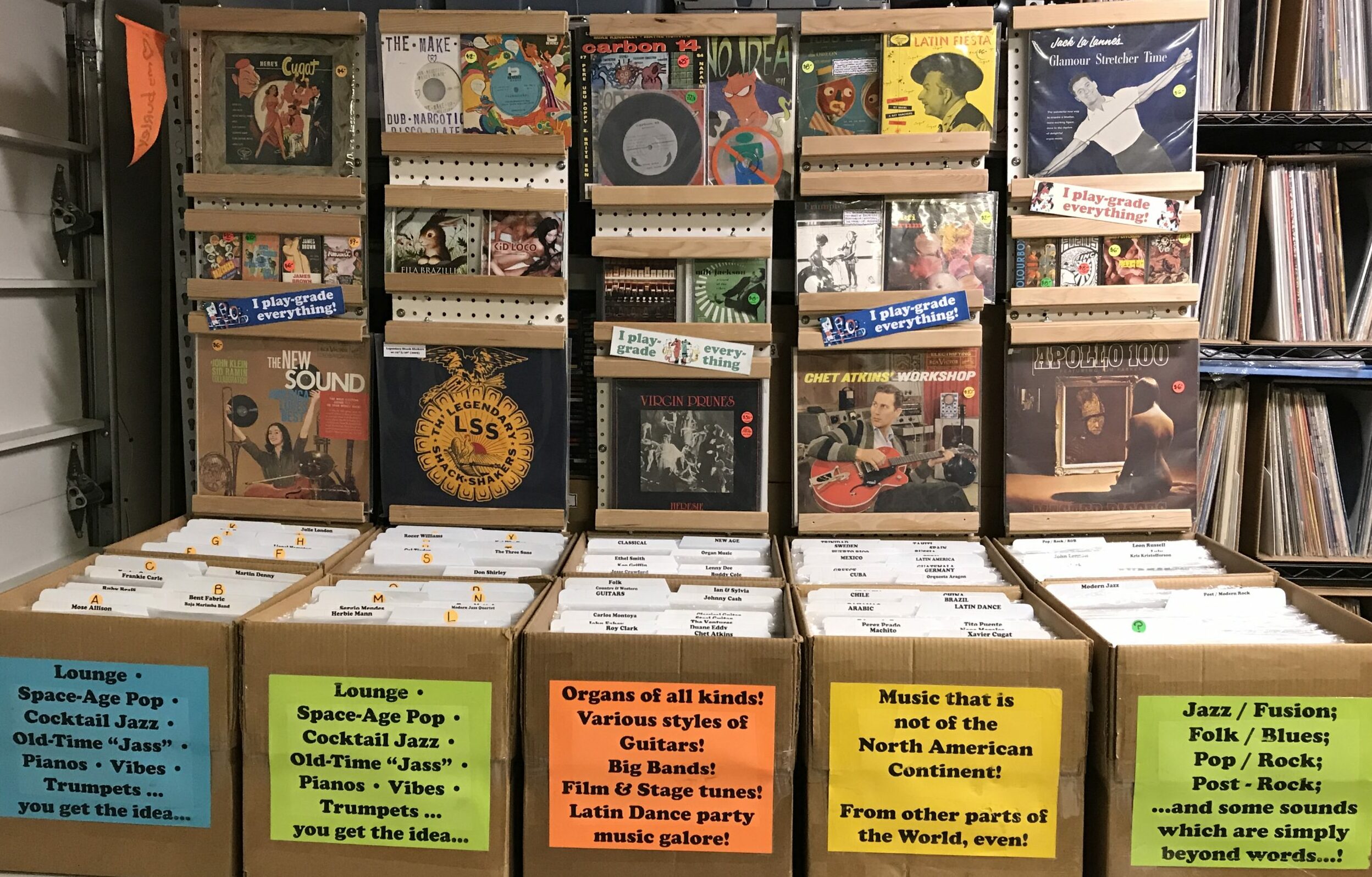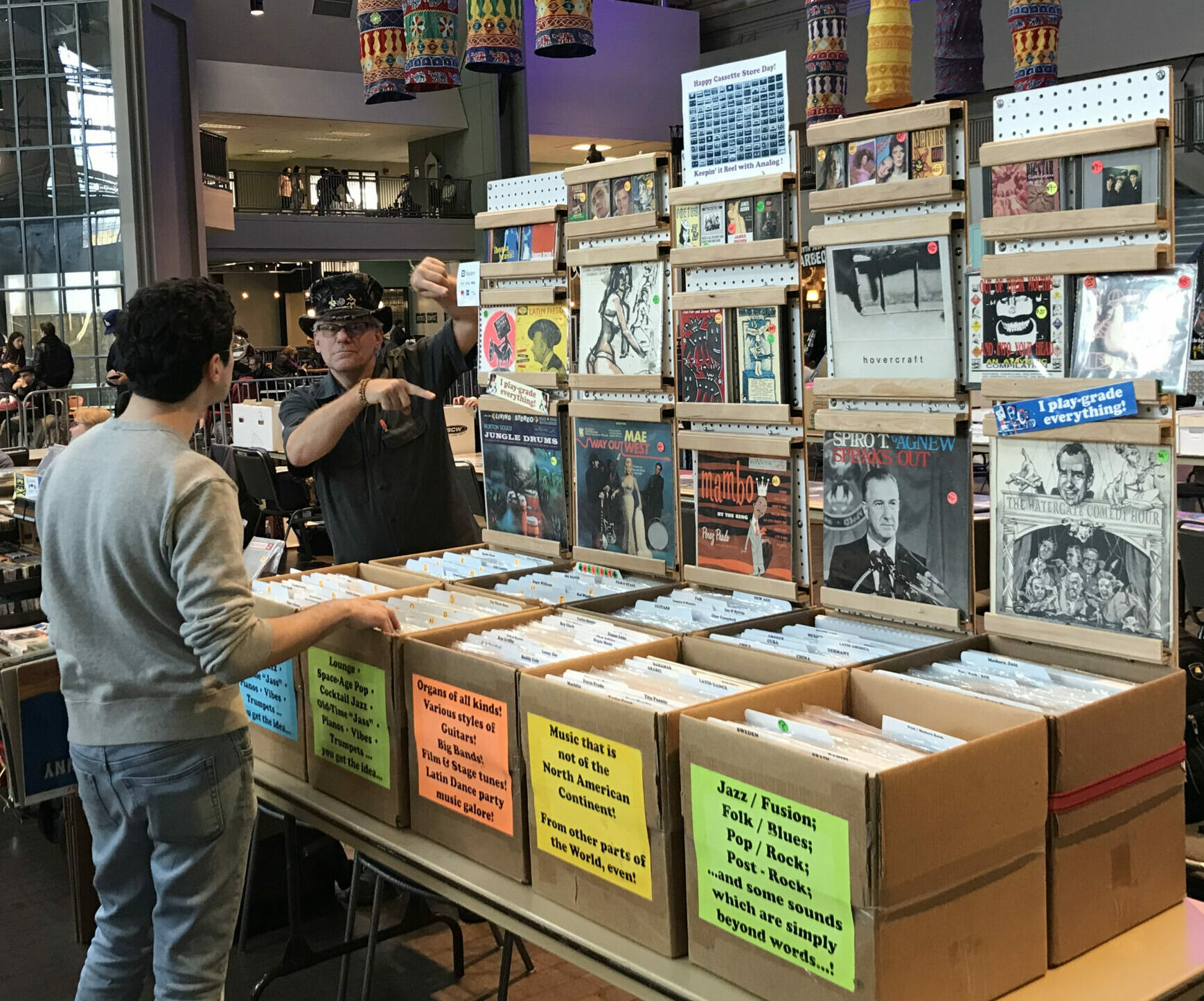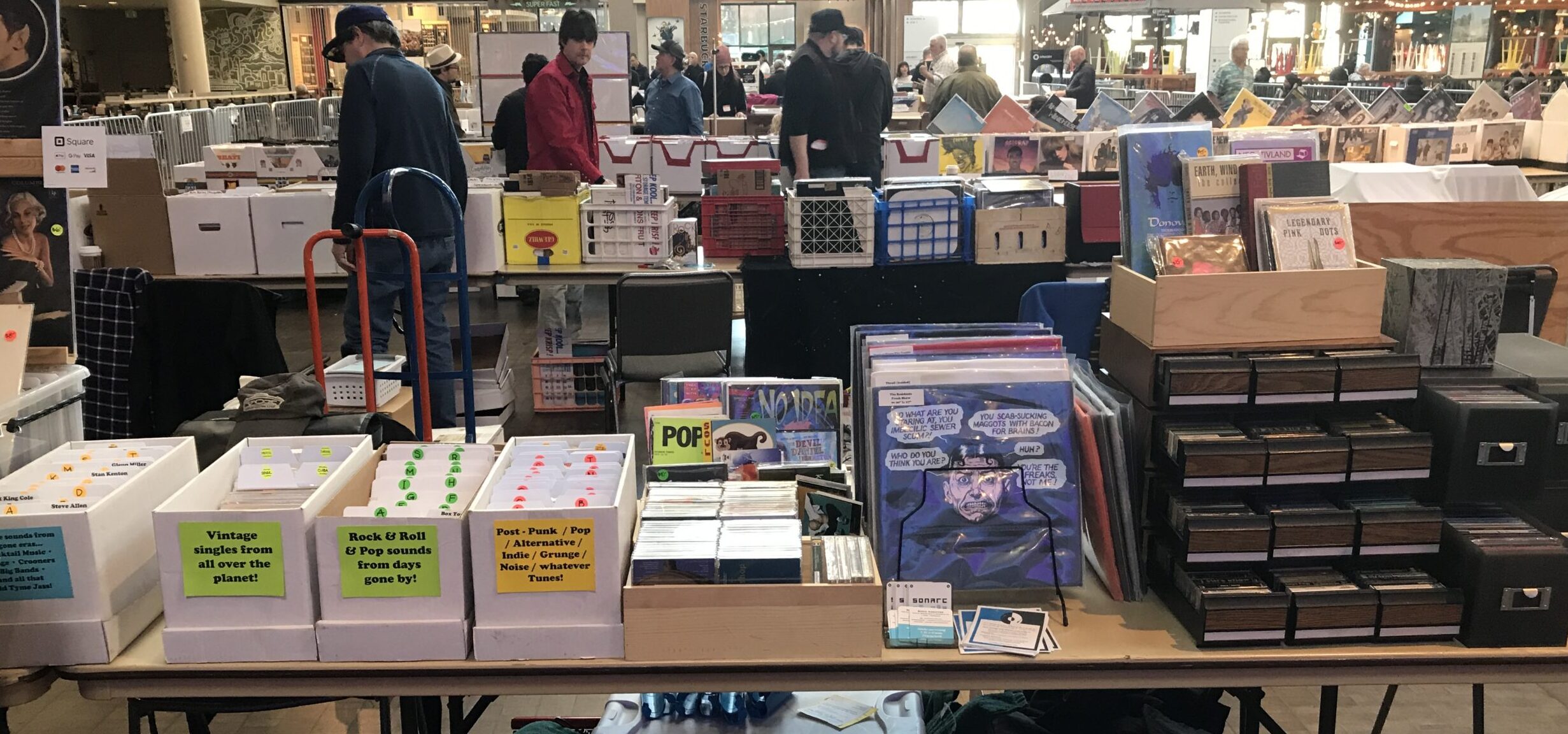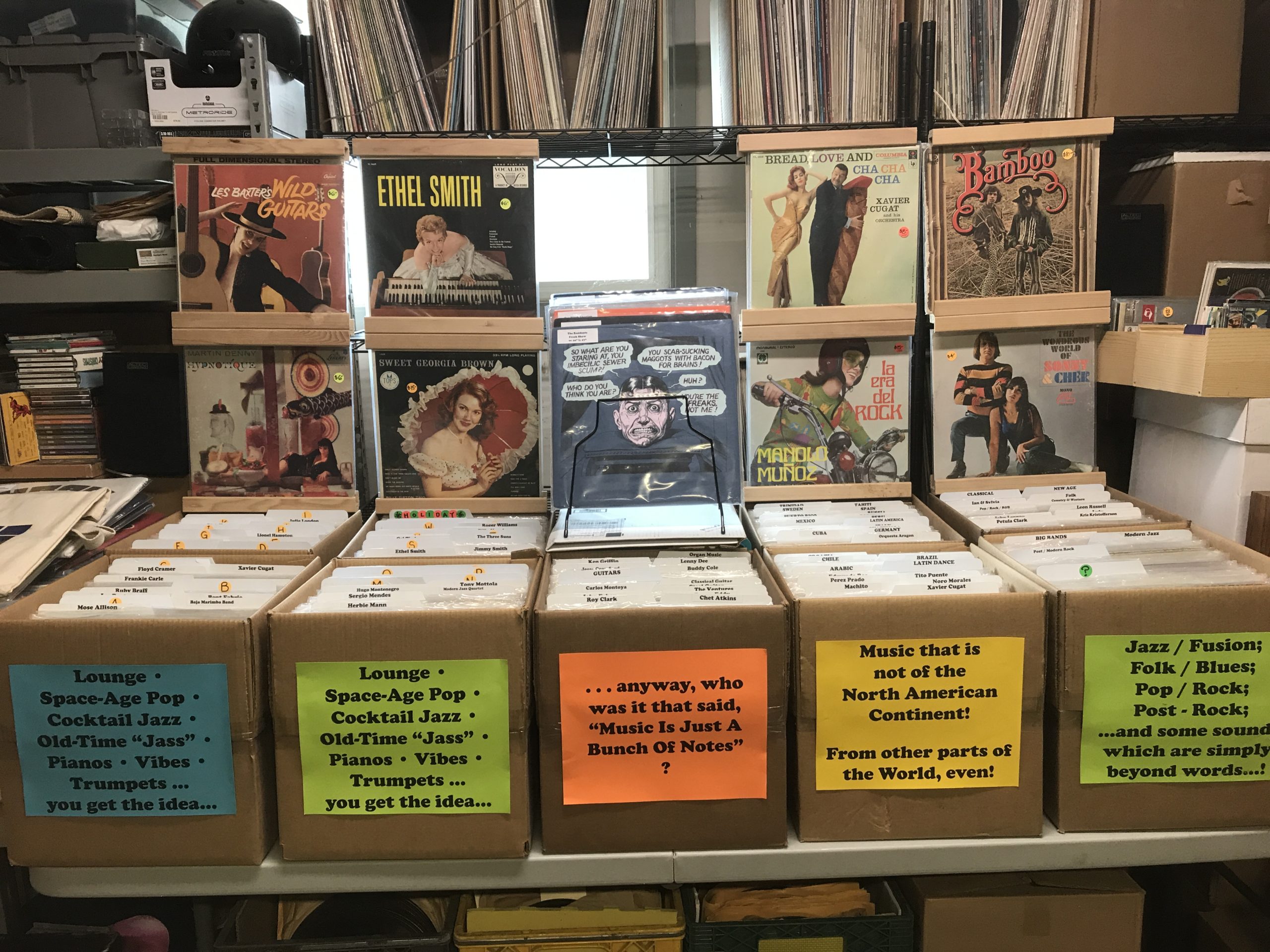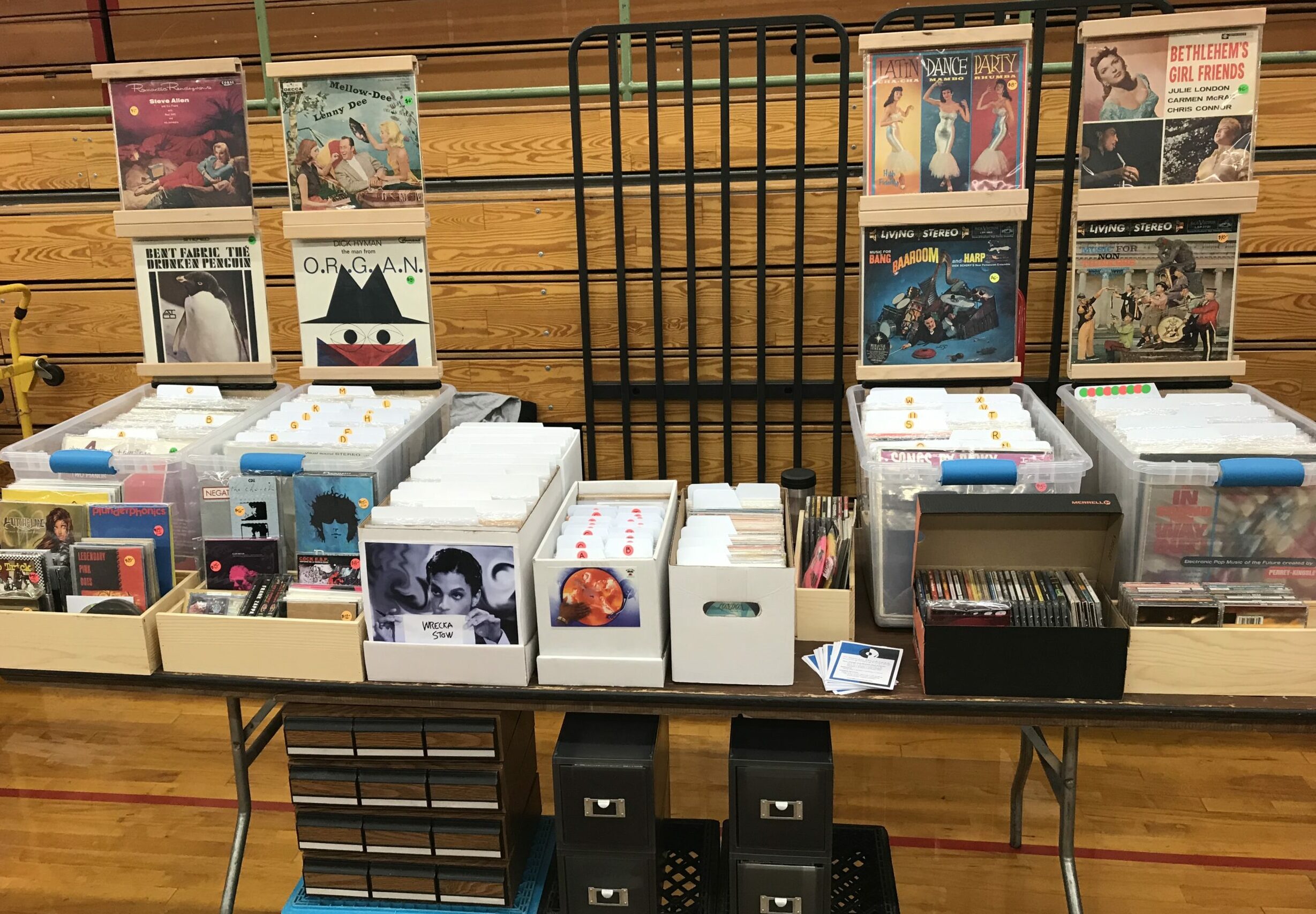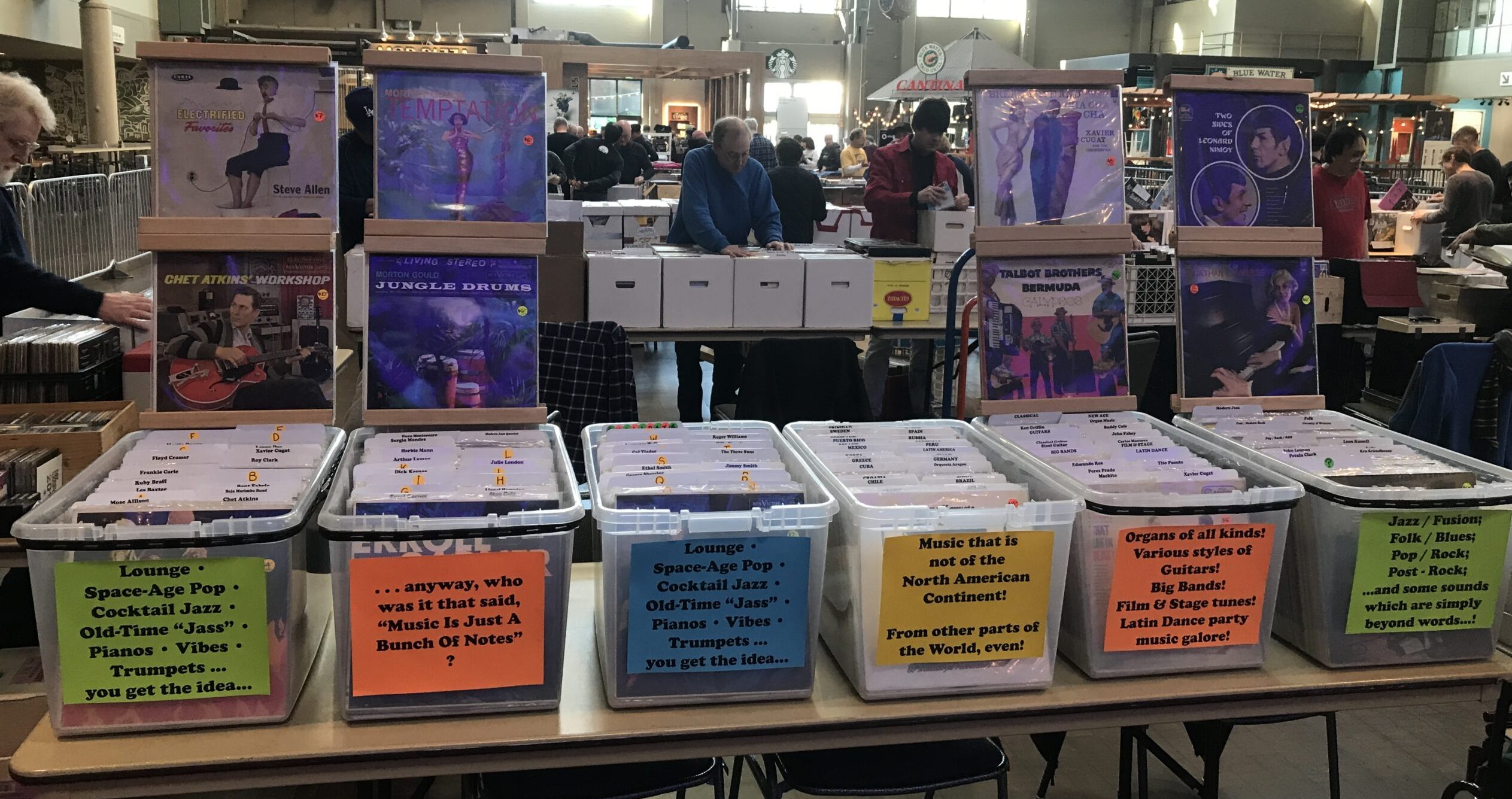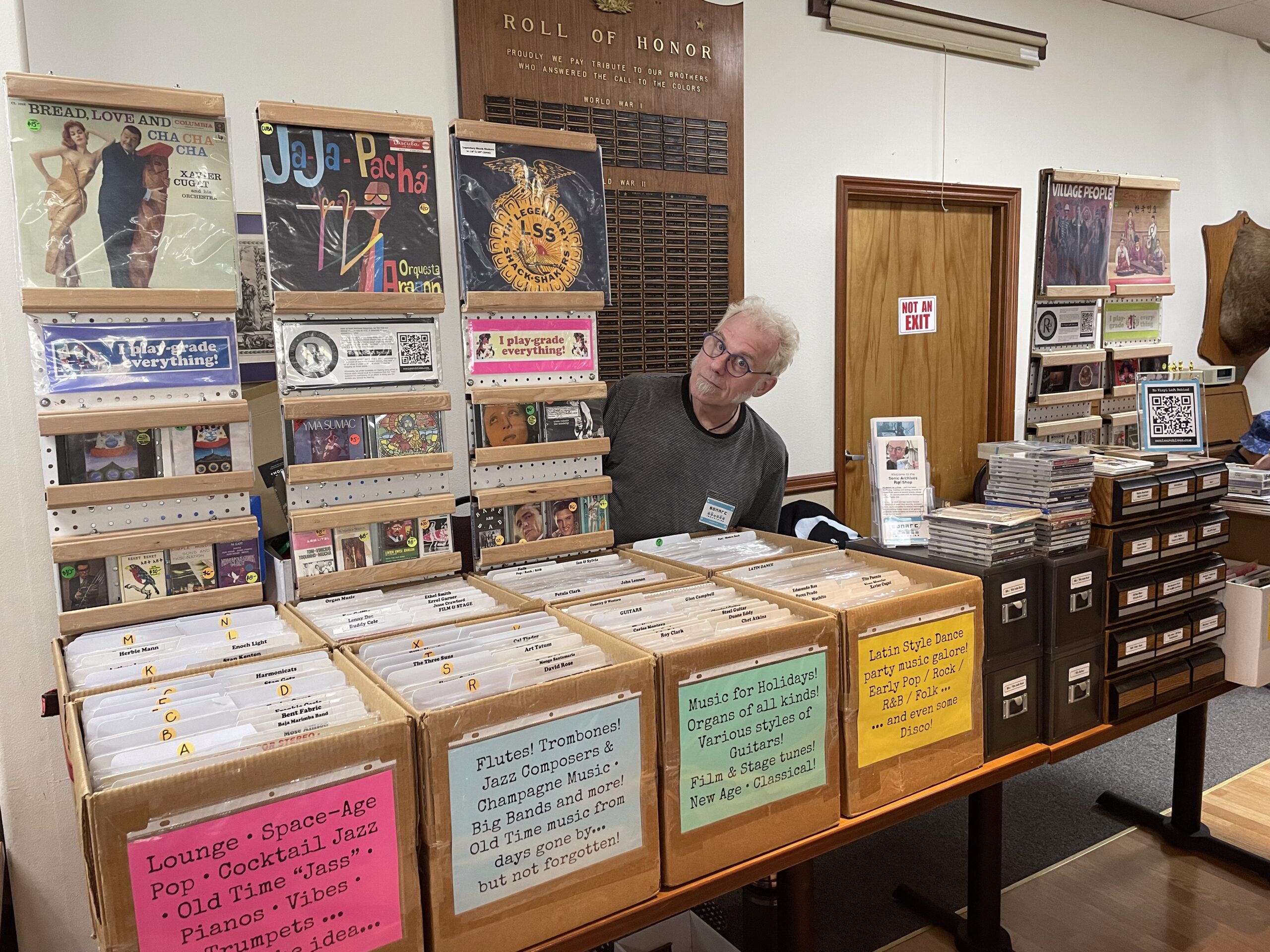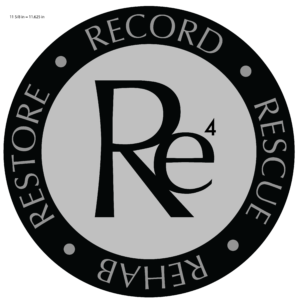Oooh, this can be such a touchy subject among vinyl collectors and dealers alike. Can we talk about something else, please?
No? Okay then, I just hope this won’t change the way we think of each other, going forward.
MINT : Not used as a grade. Ever. Period.
Why? Let’s look at what discogs says about Mint:
“Absolutely perfect in every way. Certainly never been played, possibly even still sealed. Should be used sparingly as a grade, if at all.”
In my opinion, *no* record is Mint – not even if it is still sealed. The very use of the grade strikes me as an elitist ploy to drive up the projected monetary value of records among an elitist community of dealers and collectors, who may possibly be more motivated by the dollar value than the record itself. No.
NM [Near Mint] : *Nearly* perfect. This at least, seems a bit more realistic.
No obvious signs of wear, plays perfectly with no imperfections during playback. Only the slightest signs of handling. Jackets: No holes, seam splits, etc.
One more time, let’s see what discogs says about this grade:
“Many dealers won’t give a grade higher than this implying (perhaps correctly) that no record is ever truly perfect.”
Now that we can agree on.
VG+ [Very Good Plus] : Very few signs of handling – light inaudible marks, perhaps a *slight* bit of surface noise at times; but nothing that really affects the listening experience. Any visual wear should be barely noticeable – showing only some signs that it has been played, by someone who took good care of it. According to the discogs / Goldmine standards, a VG+ record *could* have a jacket seam split, or a cut-out hole or corner cut. Personally, I would disagree with that, and would place those records in a VG or Good category.
For what it’s worth (again, based on projected monetary value): VG+ records are generally considered to be worth 50% of the Near Mint value.
VG [Very Good] : What I consider the average. VG will reflect signs of wear / handling, and could include: some audible surface noise – light pops or clicks – but will not overpower the music; light wear that might include scratches; possibly writing, tape, stickers on labels or jackets.
The way I see it, this describes most vinyl records on the planet, which to my perception, seems to be shared by a lot of vinyl lovers I’ve encountered wherever I’ve traveled. And yet, some of the most recognized platforms for setting grading standards suggest that VG vinyl is pretty much the bottom of the barrel. That would imply that there isn’t even a need for Fair or Poor grades, and you would only settle for Very Good if you were completely desperate.
According to the guidelines shared by Goldmine and discogs, VG vinyl starts to show noticeable groove wear, which I also don’t quite agree with – I would probably rate that somewhere between Good and Fair. Goldmine price guides also have generally listed records rated Very Good as the lowest price – again, equating VG with a Poor grade.
Full disclosure: *Most* of my used vintage vinyl records fall in the VG category. Keep in mind that most of my vinyl sales occur at Record Shows, and the folks who buy records from me can inspect them in person, and have gone on to become some of my most valued repeat customers over the years. And most of those folks are buying decent, playable, affordable records which I would probably grade VG, Good, or Fair (and even a few I would likely grade as Poor!). For any number of reasons, a lot of us are content to have a reasonable decent copy of a record, without having to take out a loan to pay for it. And this is one of the reasons I keep repeating my vinyl mantra: “No Vinyl Left Behind!”


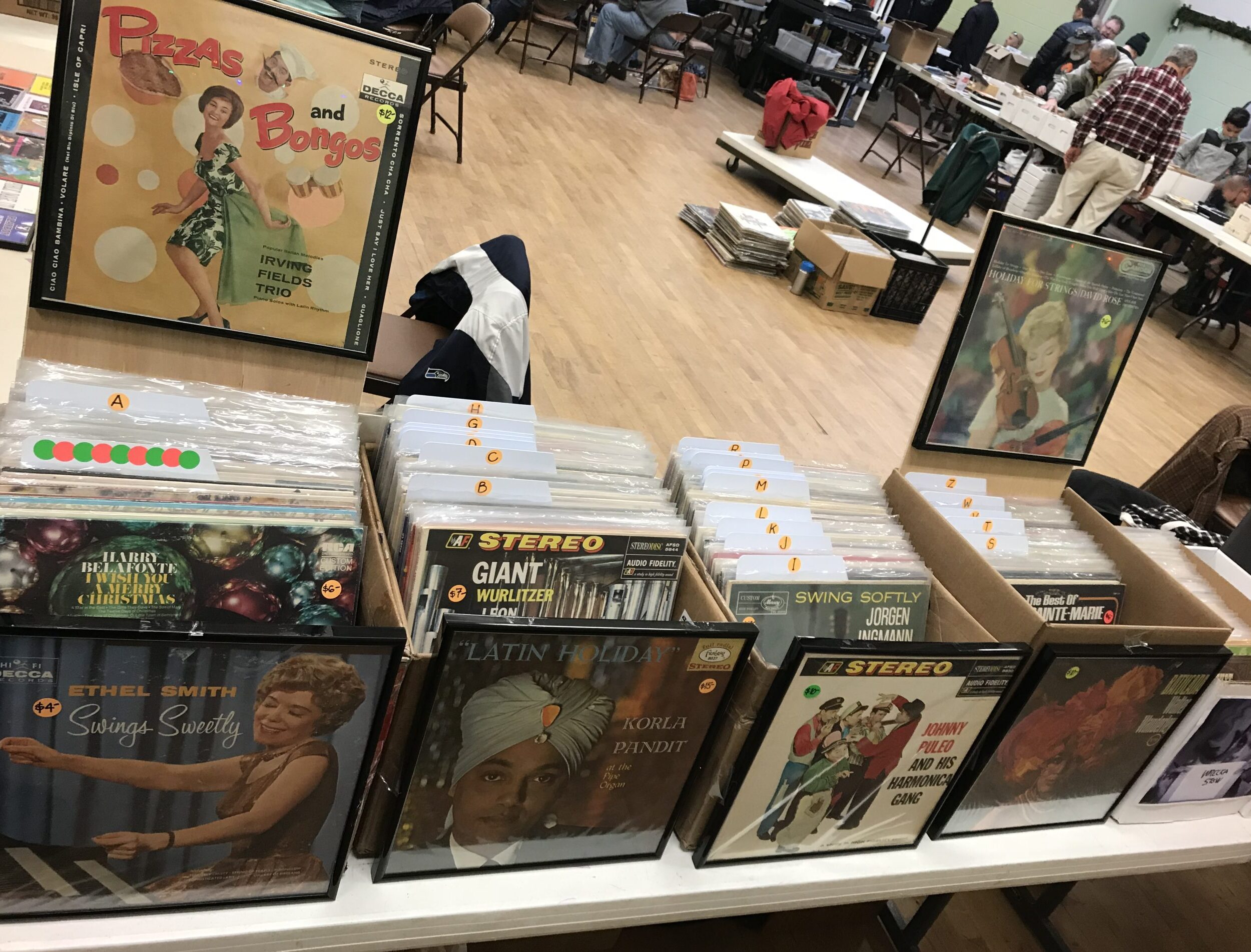
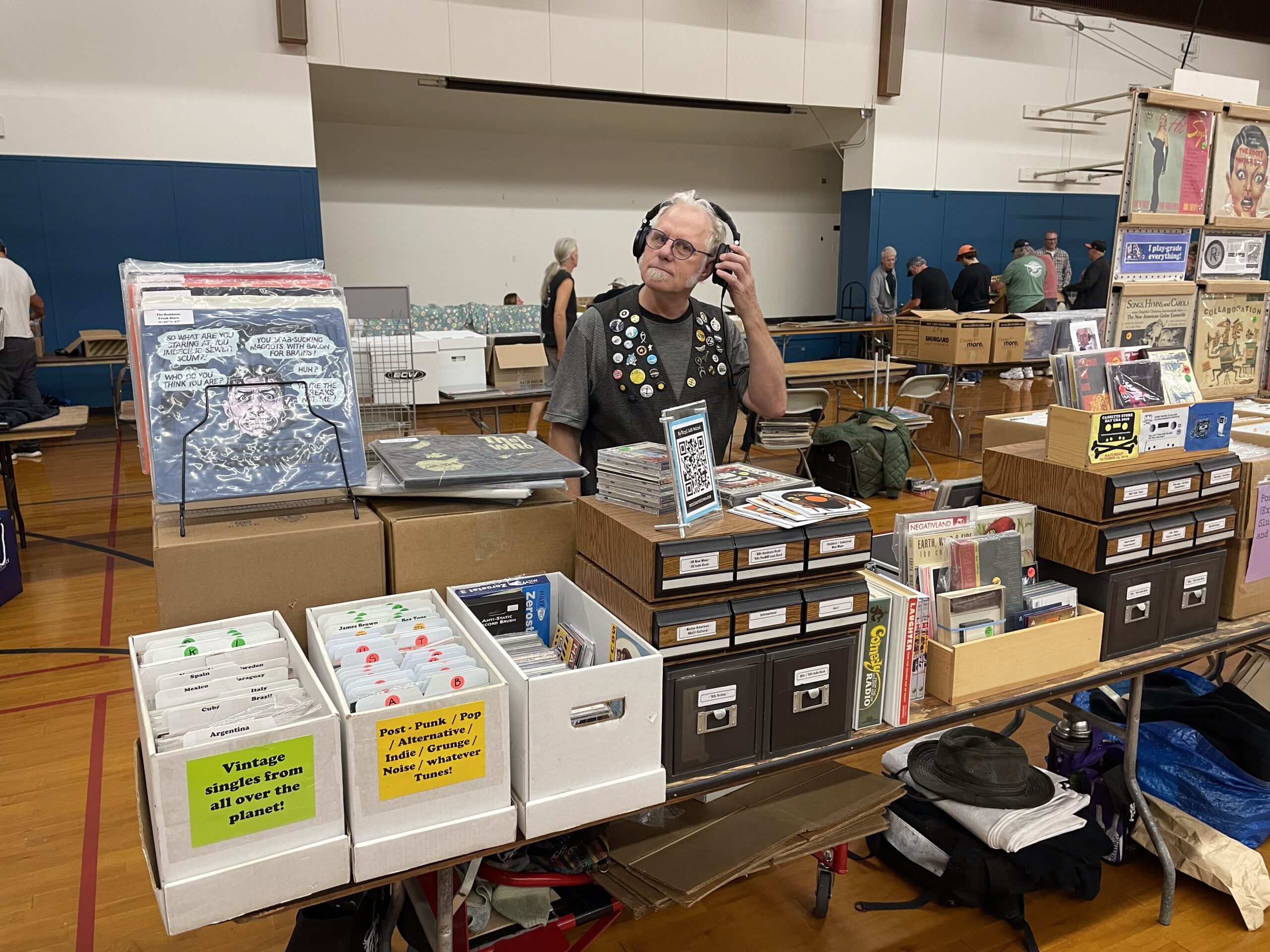
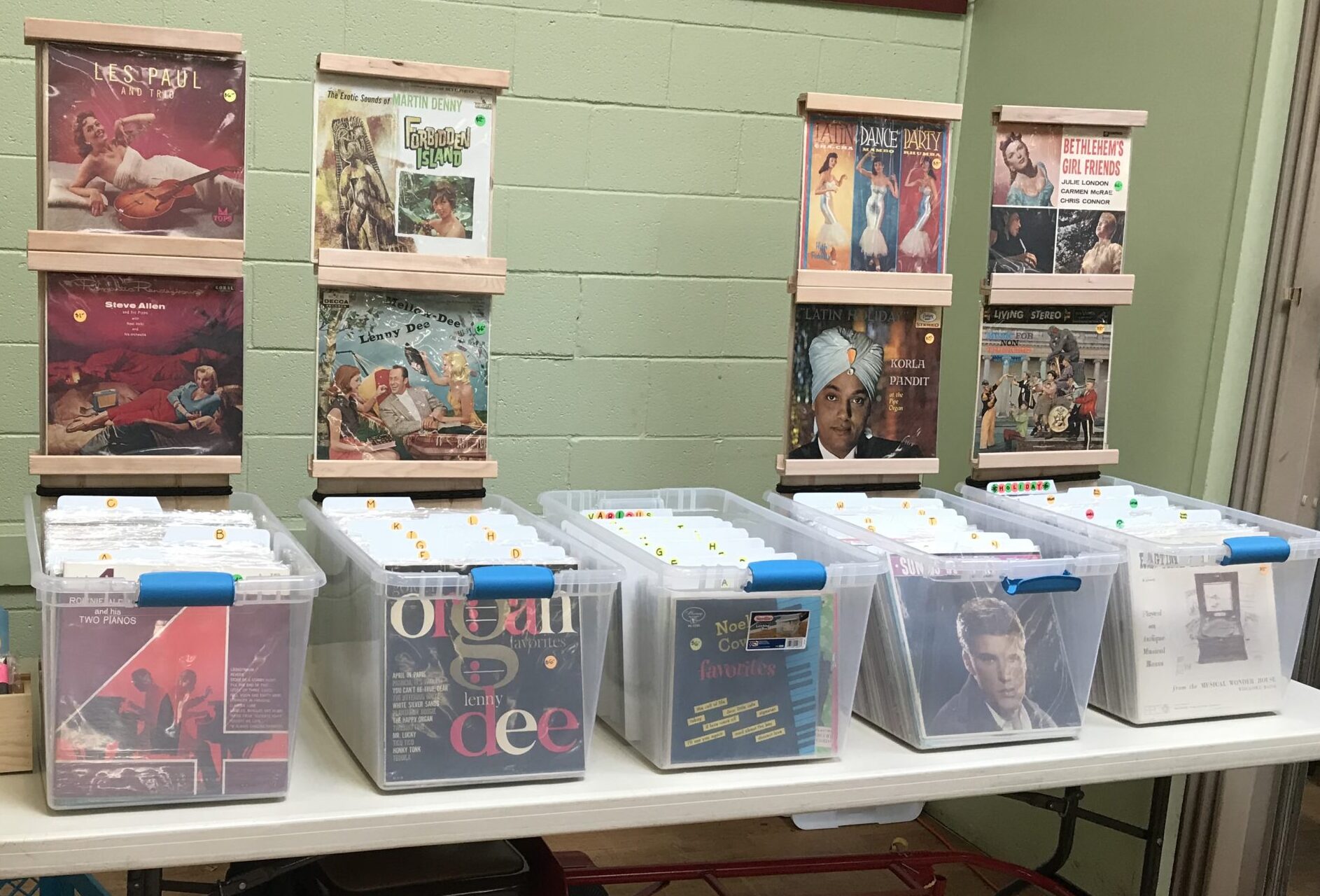
![NW Record Show • Seattle WA 21 Oct 2018 [photo: Dennie Chong] NW Record Show • Seattle WA 21 Oct 2018 [photo: Dennie Chong]](https://sonicarchives.com/wp-content/uploads/20181021-SEA-NW-Record-Show-Dennie-Chong-e1760412076272.jpg)
![NW Record Show • Seattle WA 21 Oct 2018 [photo: Dennie Chong] NW Record Show • Seattle WA 21 Oct 2018 [photo: Dennie Chong]](https://sonicarchives.com/wp-content/uploads/20181021-SEA-NW-Record-Show-Dennie-Chong-photo-crop-e1760412007683.png)

